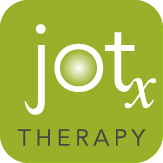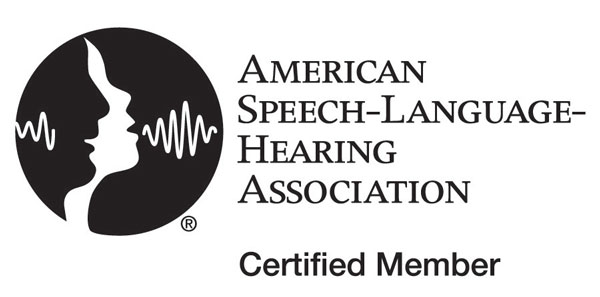Welcome! It’s Research Tuesday! If you would like to join other SLPs in blogging about research related to our field, you can sign up at Gray Matter Therapy!
We all know about Melodic Intonation Therapy (MIT). It’s been around forever. And we all know that it works. But do we know why it works and are we doing it the way it was intended? “ Therapeutic protocols using singing as a speech facilitation technique are not necessarily MIT.” Anna Zumbansen, Isabelle Peretz, and Sylvie Hebert remind us in their critical review of the literature on melodic intonation therapy.
They distinguished three main types of treatments that are generally referred to as MIT, although each have specific protocols and goals:
1) Original MIT – the goal is to restore propositional speech through reorganization of language production
The protocol has 3 levels which are advanced when the session score is greater than 90% for five consecutive sessions. Numerous sentences of daily living and a relevant picture are used with an intoned pattern (exaggeration of normal prosody on two notes where the high note is the stressed syllable and the low note is the unstressed syllable), tapping the beat with the left hand, and lip reading as needed.
Level 1: steps for each sentence-
Humming
INTONED Unison
INTONED Unison with Fading
INTONED Repetition
INTONED Response to a question
Level 2: steps for each sentence-
INTONED Listening
INTONED Unison with Fading
INTONED Delayed repetition
INTONED Response to a question
Level 3: steps for each sentence-
INTONED Delayed repetition
Speak/Sing Listening
Speak/Sing Unison with Fading
Normal Speech Delayed repetition
Normal Speech Response to a question
Reported frequency and duration of treatment from 5 studies: as little as 4 days/week for 4 weeks to 5 days/week for over 3 months. One study reported 75 sessions. Because advancement is criterion based severity can play a larger role in determining duration, however frequency was quite high for all these studies.
2) TMR (Therapie melodique et rythmee) – the goal is to reduce speech struggles with use a facilitation technique
The protocol has 3 levels. Numerous sentences and written sentence with a graphic representation of the melodic pattern are used with an intoned pattern (exaggeration of normal prosody on two notes where the high note is the stressed syllable and the low note is the unstressed syllable), tapping the beat with any part of the body, and no lip reading allowed.
Level 1: steps for each sentence-
Introduction to rhythmic sequences
Humming
Introduction to TMR representations
Level 2: steps for each sentence- (ending two or three months after beginning the program)
INTONED Listening
INTONED Unison
INTONED Unison with Fading
INTONED Repetition
INTONED Response to a question
Level 3: steps for each sentence- (on several months, less intensively)
Use intonation as a facilitation technique in different situations for communication
Reported frequency and duration of treatment from 1 study: frequency was not reported although duration was reported to be 37-42 months
3) Palliative MIT – the goal is to enable severely impaired individuals to produce a set of useful readymade phrases.
Administer intensive training on a limited set of daily phrases in order to facilitate basic communication using intoned speech.
Reported frequency and duration of treatment from 5 studies: as little as 3 days/week for 2 weeks and up to 7 days/week for an unspecified duration. Studies with frequency of 3 days a week or less all reported no return to normal speech.
This literature review underscored the difference between the facilitation effect of a technique and the therapeutic effect of a treatment. With all the research that has been done, we still don’t know why MIT works. There seems to be a relationship between using the technique of intoned speech to involve the rhythmic component of the melody along with left hemisphere peri-lesional regions. We just don’t know what role rhythm and pitch are playing in the rehabilitation process when it comes to language recovery.
They also raised the question about the effect of MIT on Apraxia, for which it has never been tested. MIT has been indicated for individuals with Broca’s aphasia, who typically have concomitant apraxia. They speculate that perhaps MIT works so well with these individuals because their apraxia is masking language competency and MIT is actually best suited for overcoming this motor speech impairment. They go on to site numerous techniques similar to MIT that are evidence based treatments for Apraxia such as, singing, hand tapping, control of speech rate, speaking with a metronome or rhythmic beeps. It is an interesting point. Perhaps we will have the research to answer those questions in the close future.
And for the present, perhaps we can get back to the protocols for MIT.





